Herping Snake Road (and the surrounding area) September 30 - October 6, 2023.
After a 9 hour drive from the Greater Cleveland Area to Southern Illinois on Friday, September 29, on the next day I was ready to take a trip out to St. Louis area and look for some lifers.
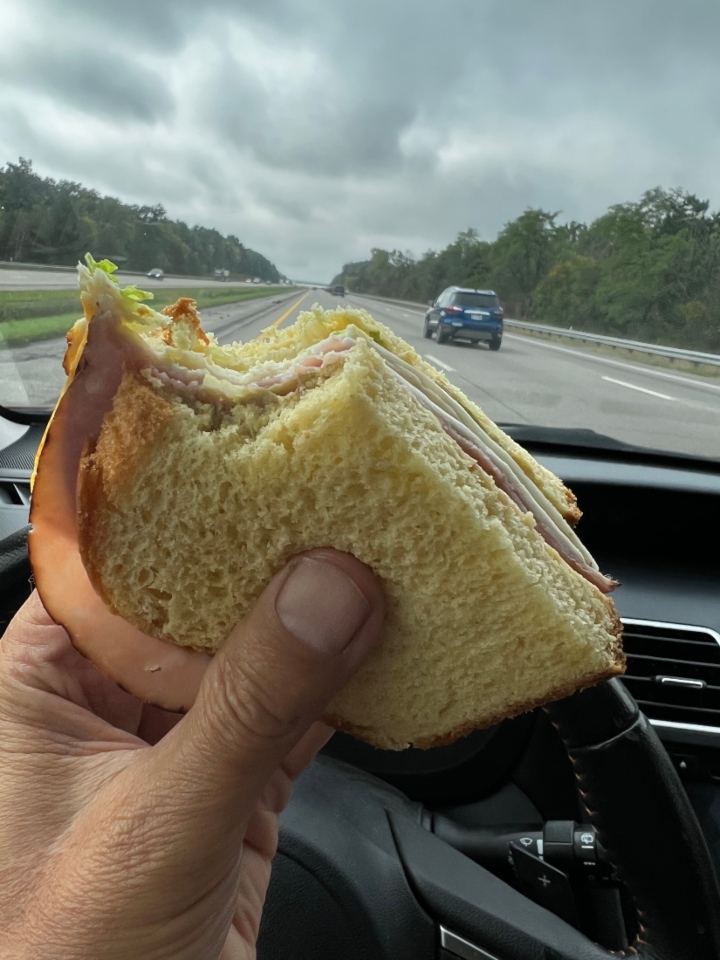
It may not seem that a very public park such as this right alongside the road in Illinois would be a good place to go in herping, but sometimes you can be surprised.
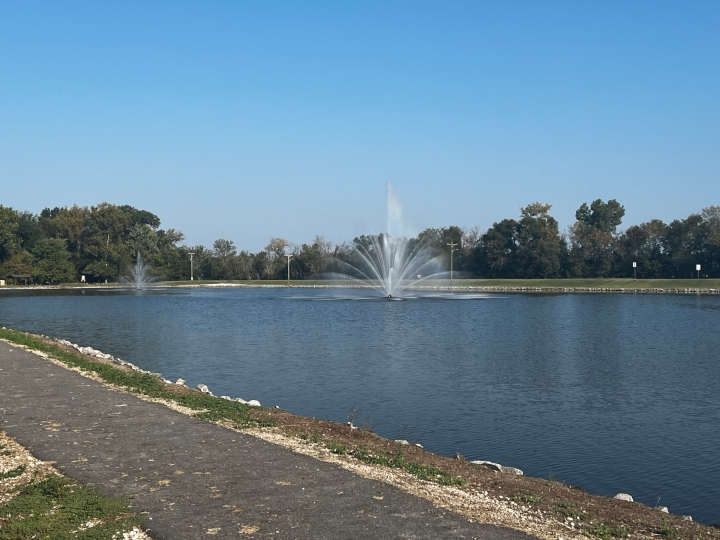
Within a few minutes I found this awesome Diamondback Water Snake. A diurnal hunter, the Diamondback Water Snake trolls shallow shorelines and deeper water for prey. The diet mostly consists of frogs, toads, slow moving and small fish, which are eaten live. Carrion is also a common part of their diet.
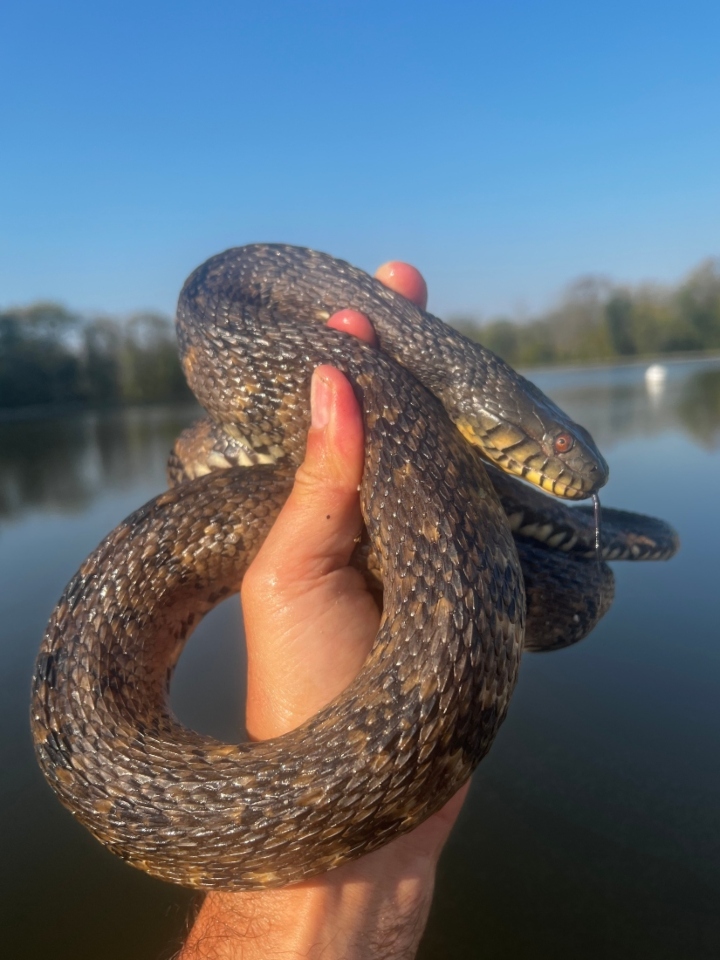
A Softshell Turtle carapace skeleton that shows how the reptile's spine and ribs are fused to its upper shell.
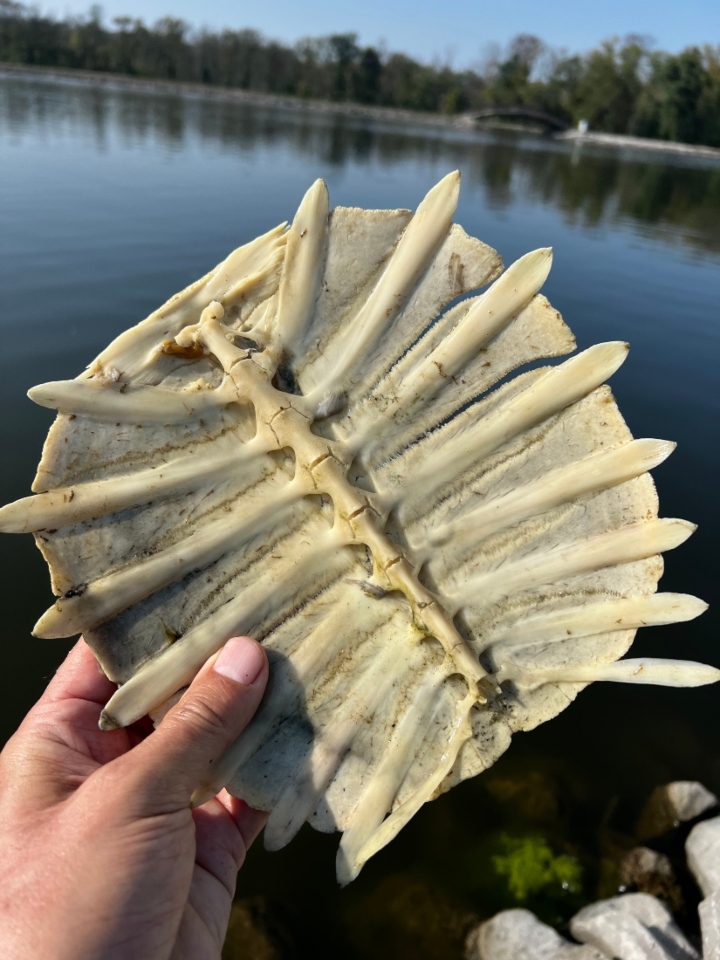
Midland Water Snakes were commonly seen in the rocks bordering the lake. This species is generally a light brown or tan with darker brown or even reddish bands.
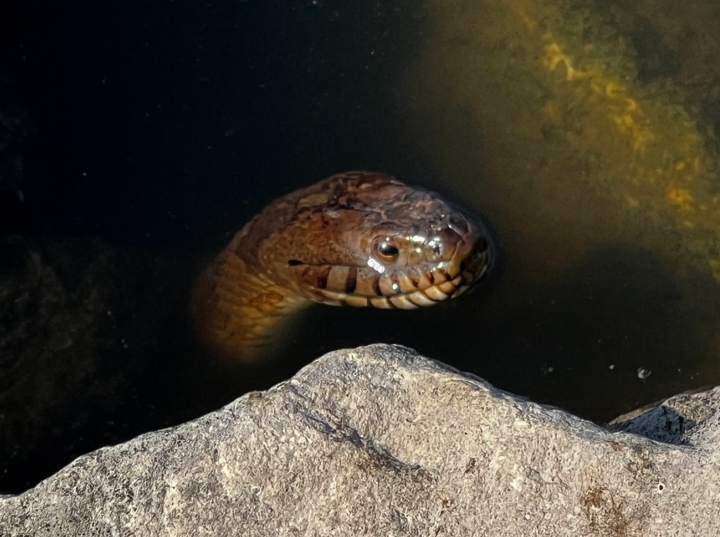
Spiny Softshell Turtle - these creatures like to sit on sandy lake and river bottoms, with just their snorkel-like nose sticking up out of the water to breathe.
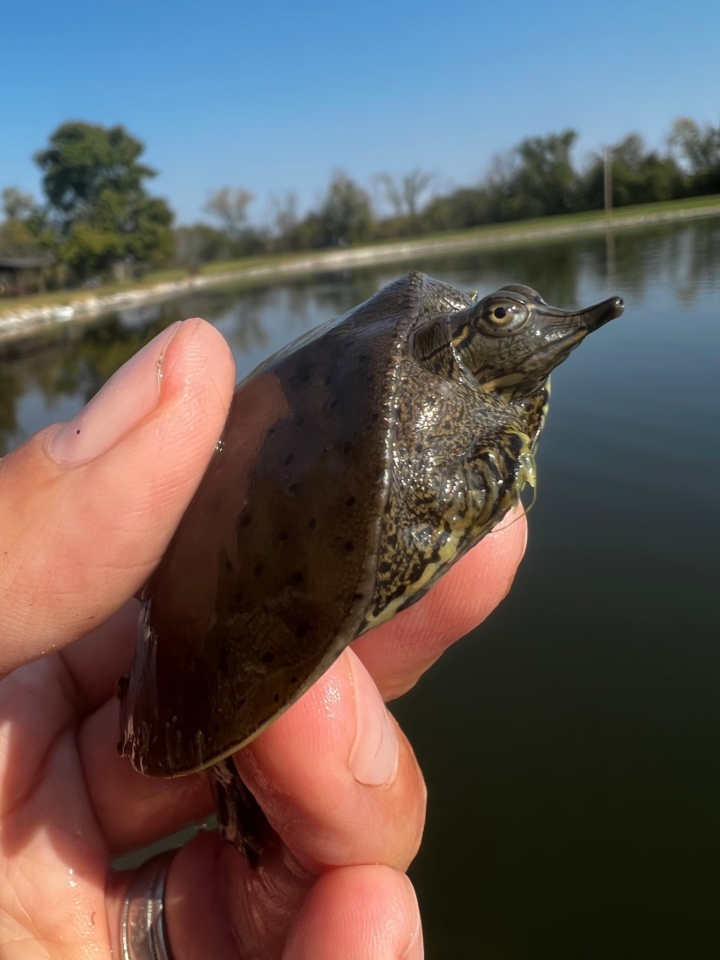
Of the many bird species that inhabit wetlands, perhaps none is more iconic than the Great Blue Heron.
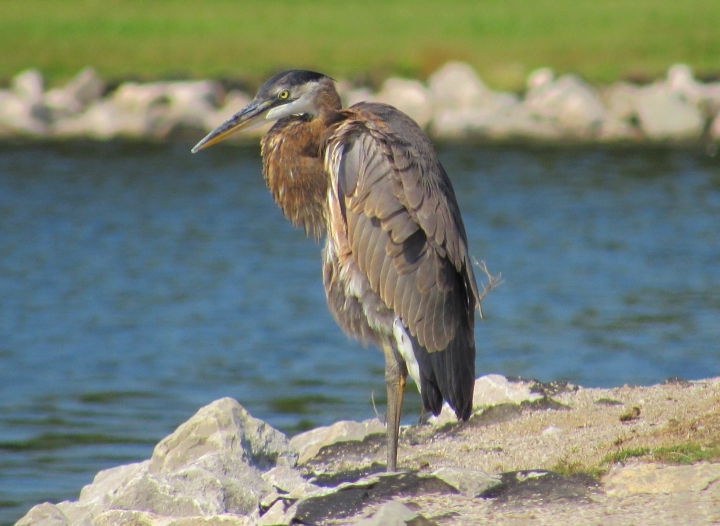
I was unable to find my "lifer" Graham's Crayfish Snake on this trip, so I left the lake in Illinois to head over to the St. Louis area.

A Ringneck Snake - when alarmed, this species will coil its tail and expose its brightly colored underside.
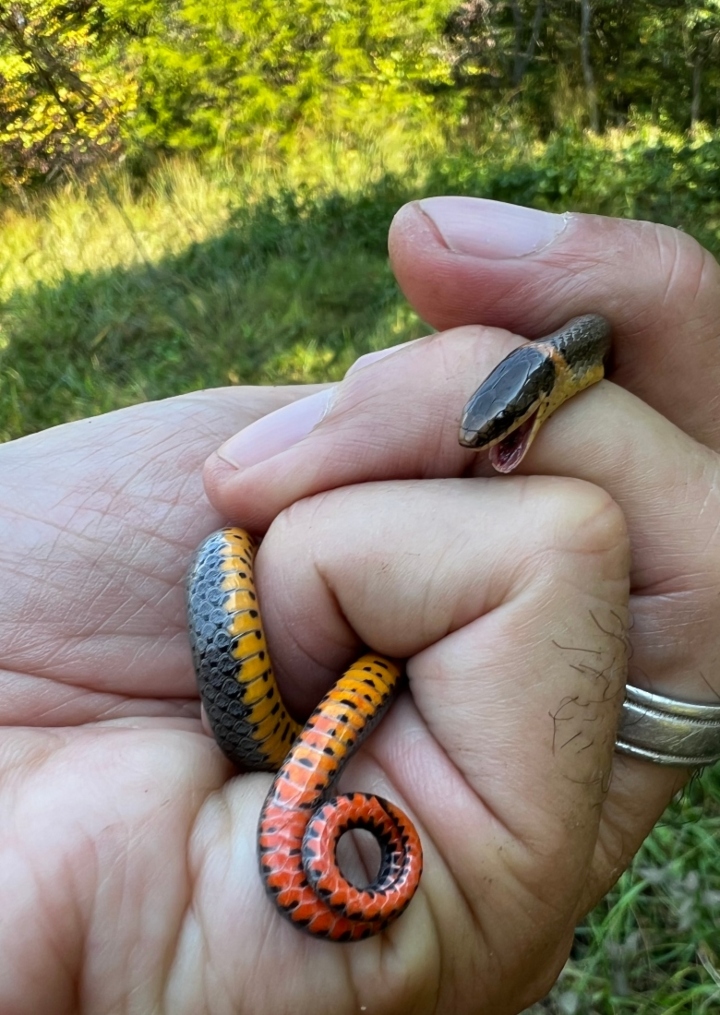
My first "lifer" of the trip was this awesome Ringed Salamander. Because of the secretive nature of this amphibian, little is known about its habits. Its populations are highest and healthiest in large, intact forests with numerous fishless ponds.
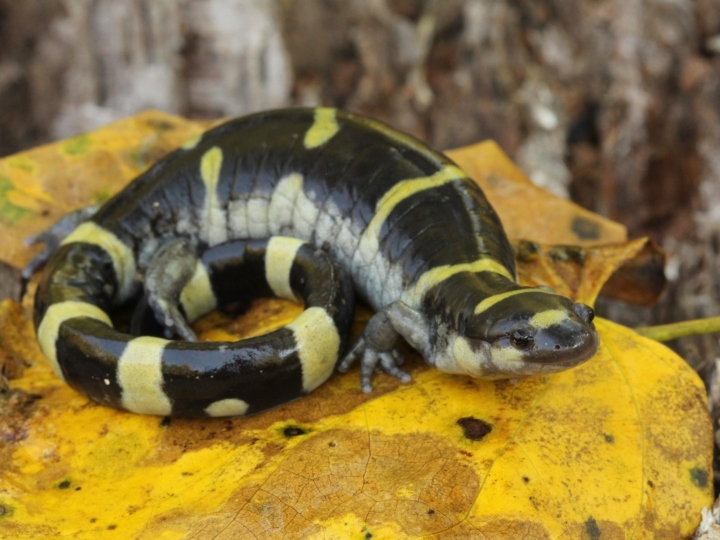
"Lifer" #2 was this Rough Earth Snake. Like the Ringed Salamander, it is secretive and spends much of its life underground.
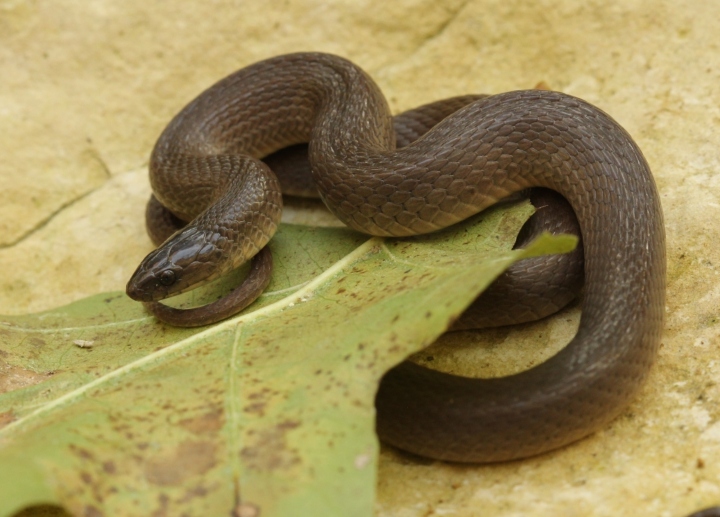
The Slimy Salmander might be better named the "Sticky Salamander," due to the glue-like secretions it produces when threatened.
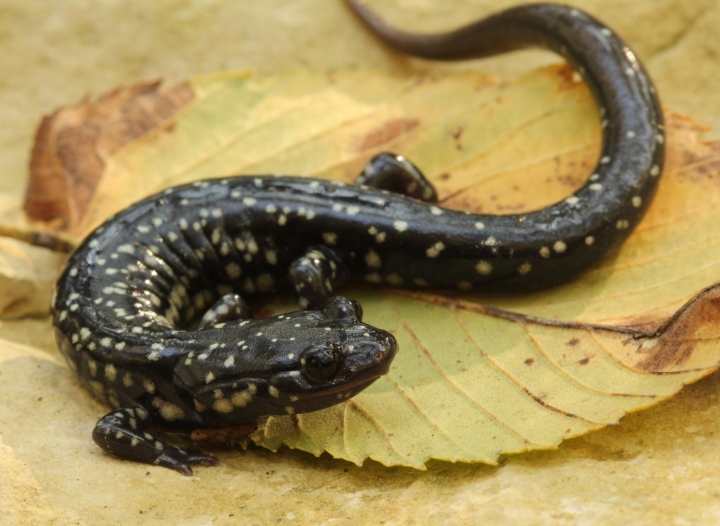
Three "lifers" in one day? It happened with this small constrictor known as the Prairie Kingsnake.
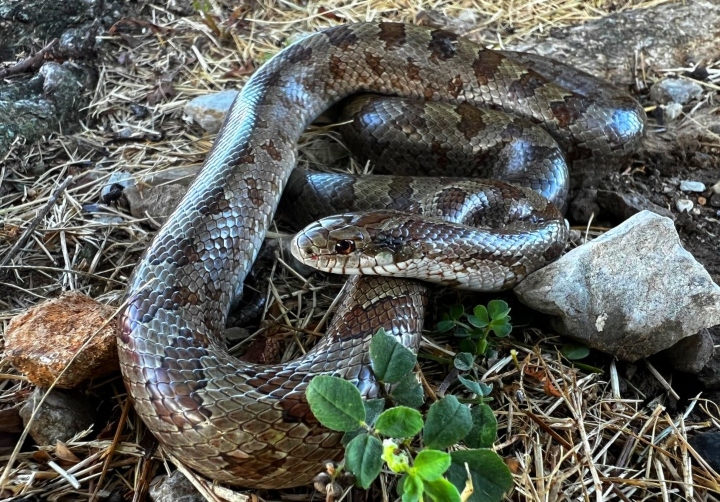
Herp habitat.
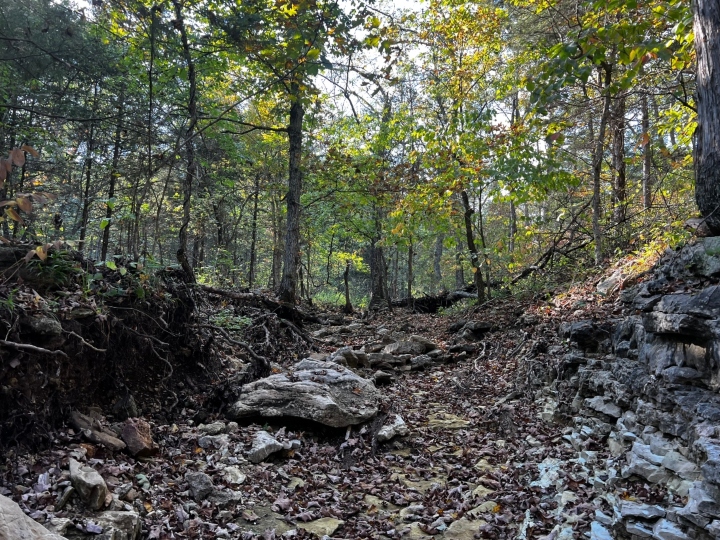
A Copperbelly Water Snake in Johnson County, Illinois. Like other North American water snakes, Copperbelly Water Snakes give birth to live offspring.
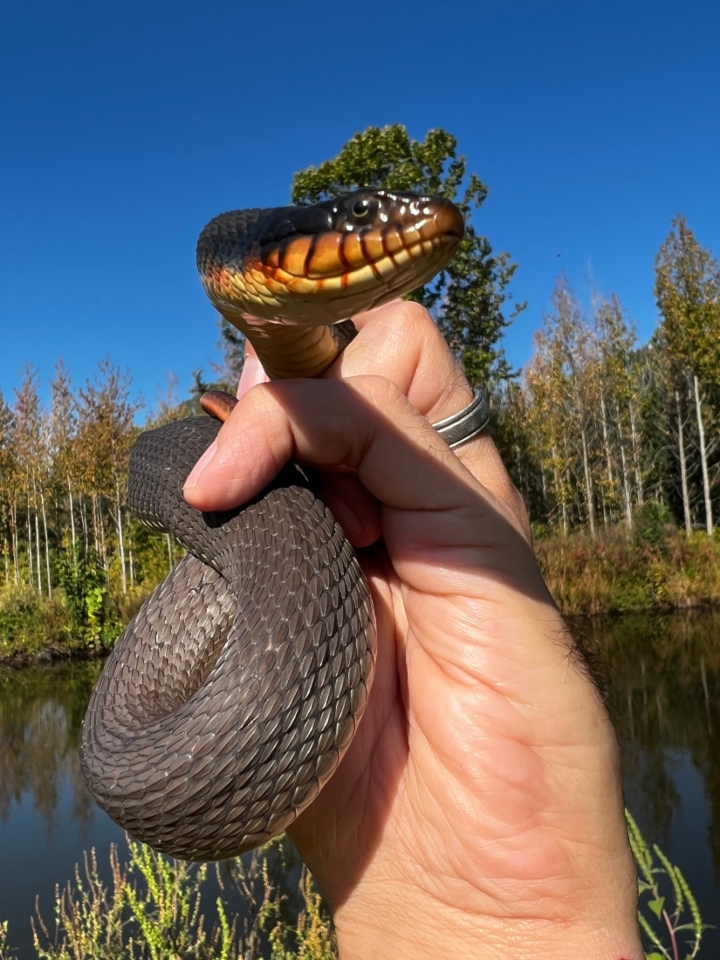
An adult Eastern Black Kingsnake - this species is a habitat generalist and can be found in hardwood and pine forests, bottomlands and swamps, farmlands, hillsides, meadows and suburban areas.
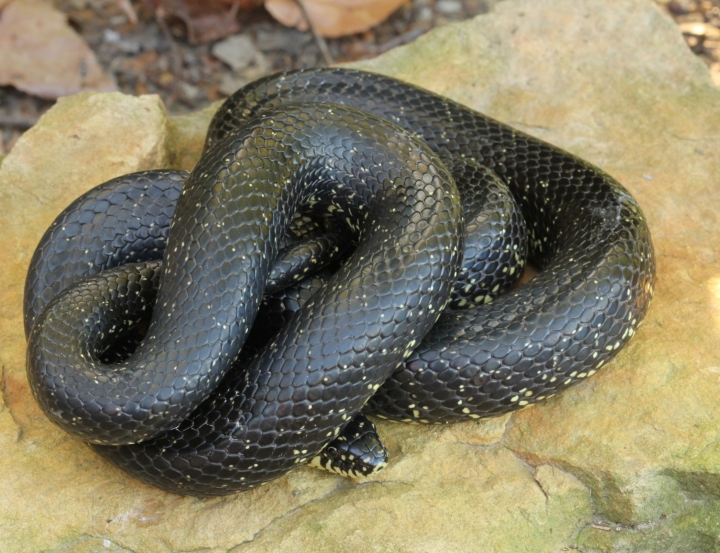
It was a very photogenic Eastern Black Kingsnake.
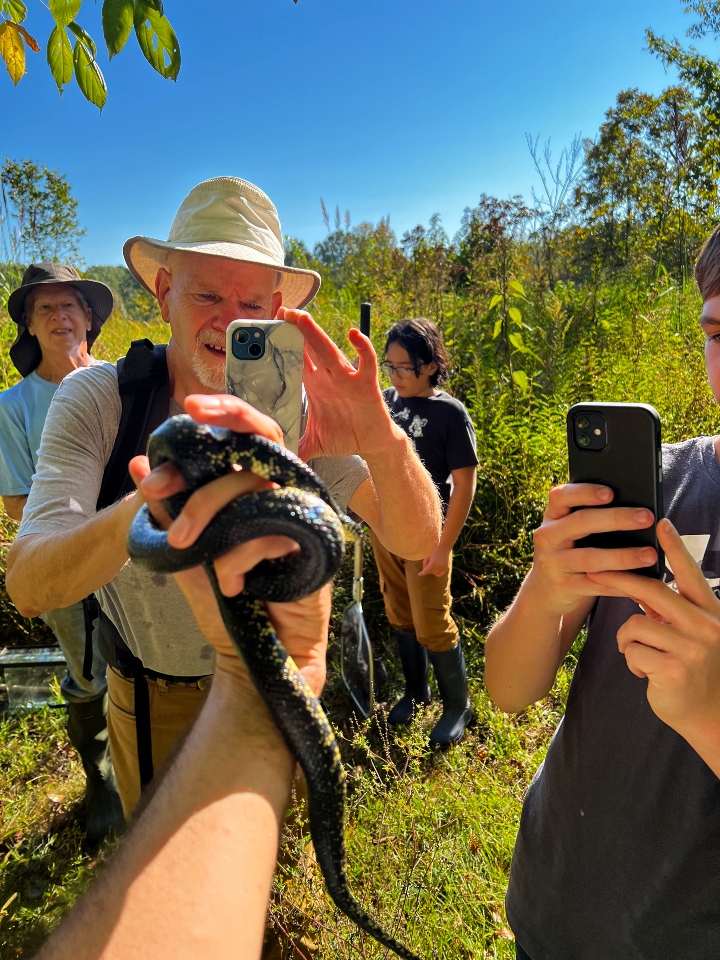
A juvenile Eastern Black Kingsnake - this species gains more black as it ages, resulting in a faint white pattern.
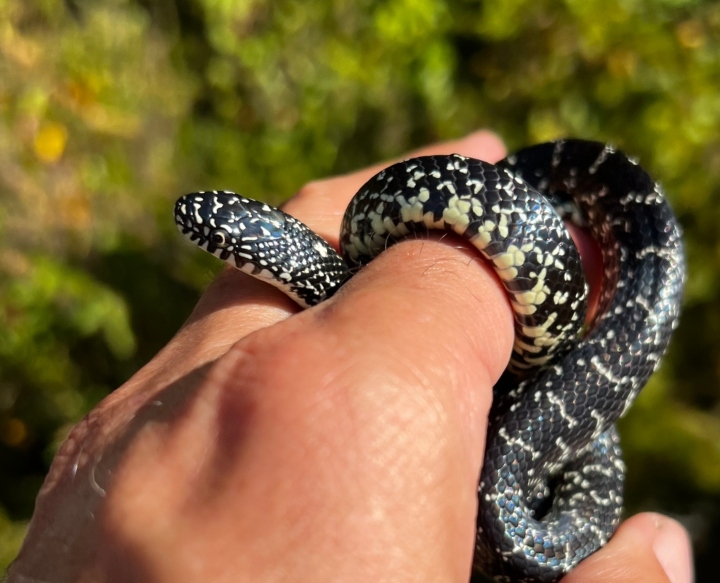
An immature Lesser Siren - sirens are usually regarded as the most primitive living salamanders; they share a conspicuous basic characteristic – the absence of rear limbs.
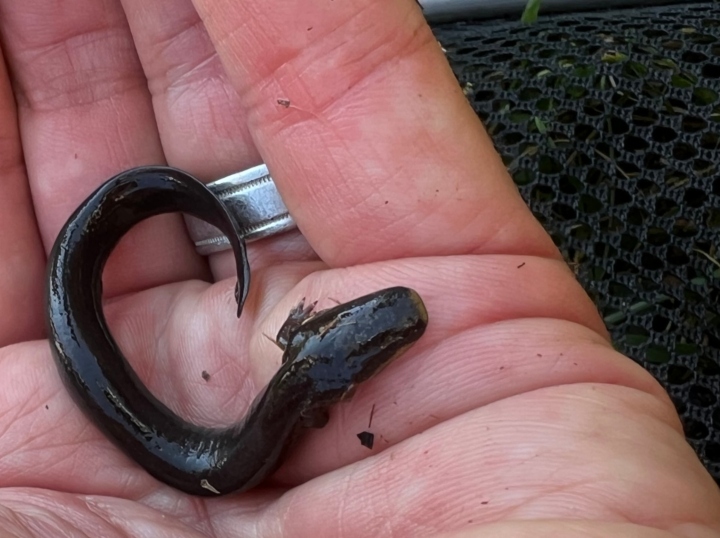
A number of Racers were found on the trip. This is a Southern Black Racer from Johnson County, Illinois.
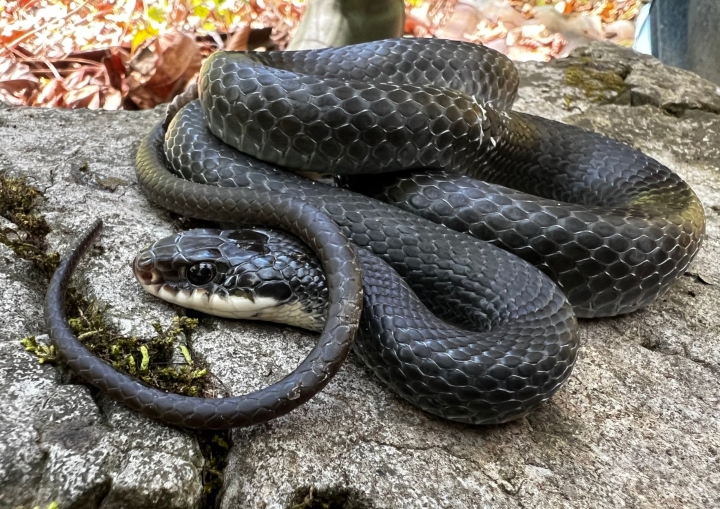
A cool looking American Toad. Toads are extremely helpful to people, especially in gardens where they will eat huge numbers of pests, including insects and slugs. They can live up to 30 years.
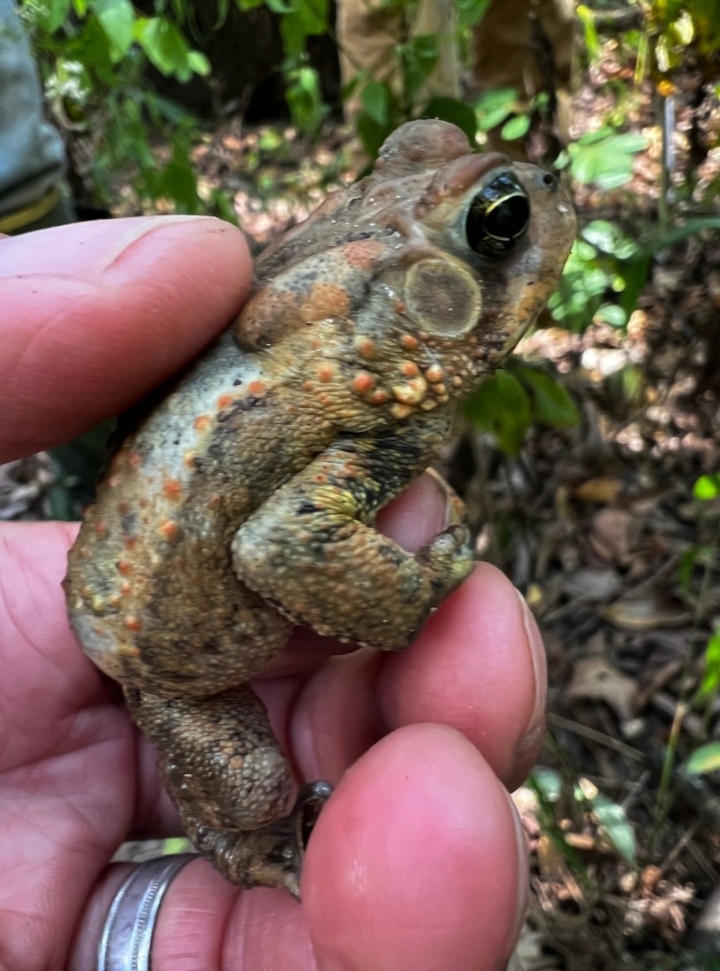
Herp habitat (with a heart) in Johnson County, Illinois.
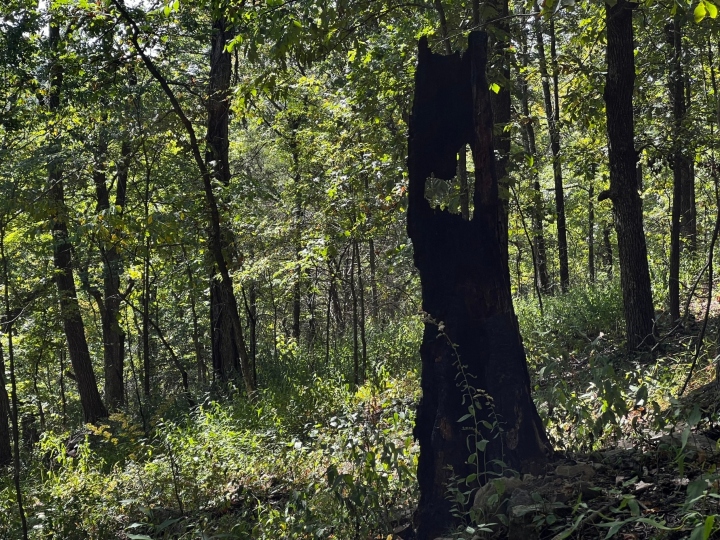
Ground Skink - also known as “The Little Brown Skink,” it is one of the smallest reptiles in North America, with a total length of only 3 to 5-1/2 inches.

A mostly yellow Eastern Box Turtle. The box turtle gets its name for its ability to close up the bottom of its shell with a “hinge.” Although it lives on land, the box turtle is more closely related to aquatic turtles than tortoises.
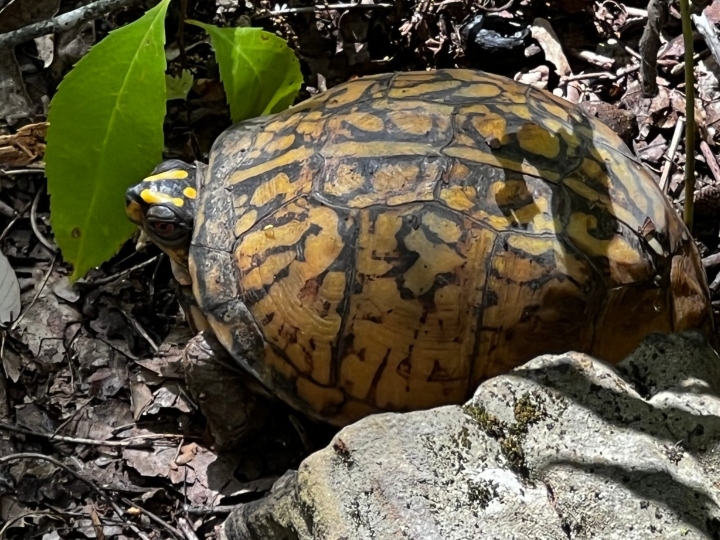
Chicken of the Woods - it's hard to miss this layered, fan-shaped, fleshy, big orange-to-yellow mushroom when hiking through the woods.
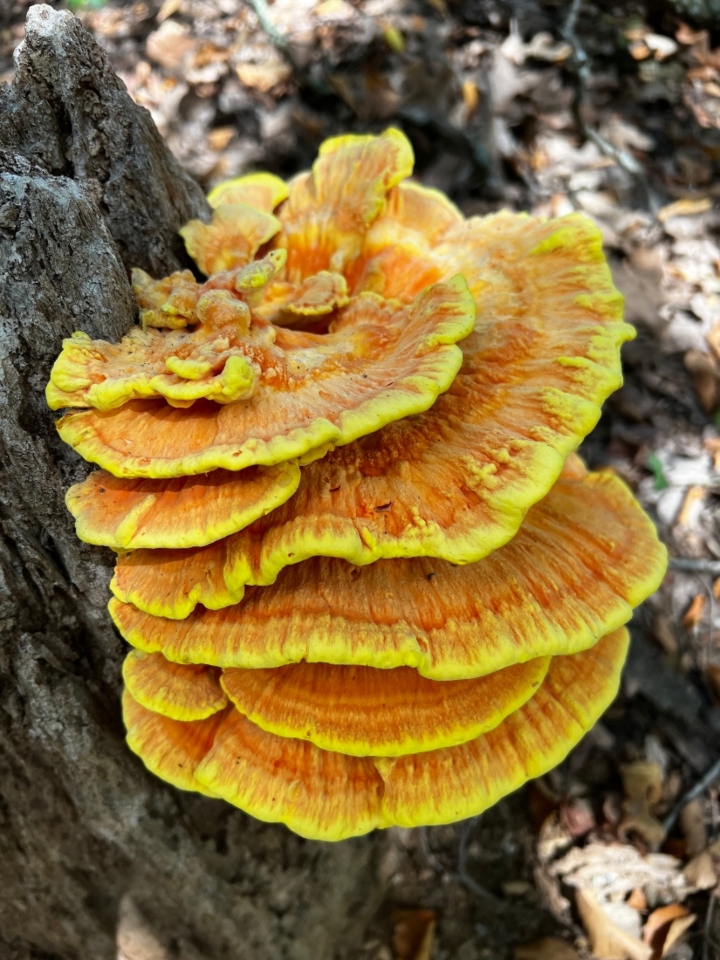
Click here to see Part 2
|